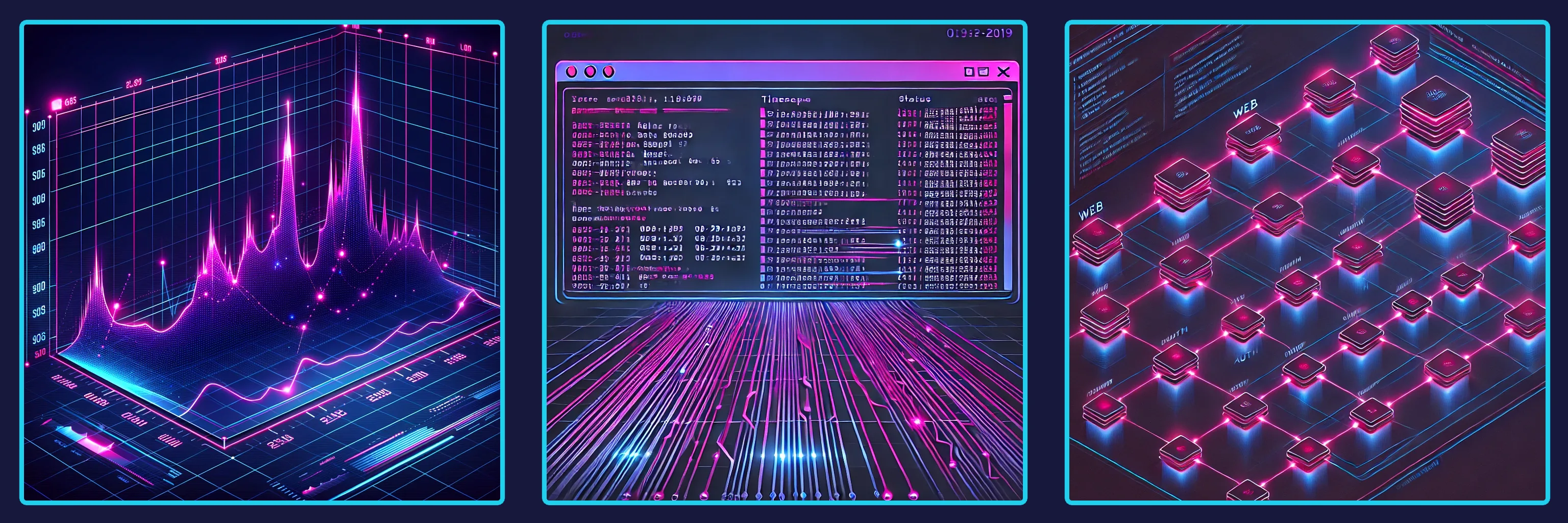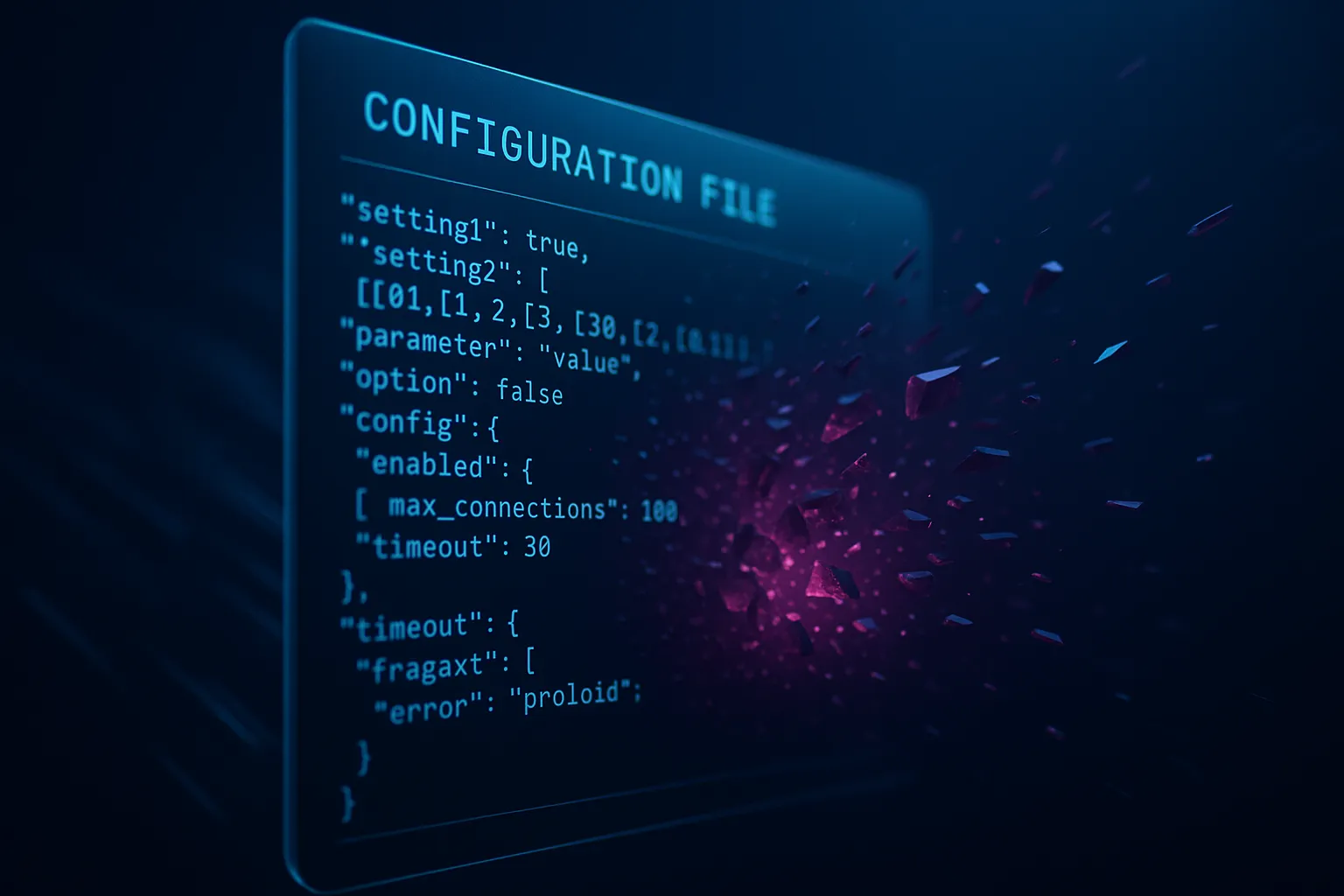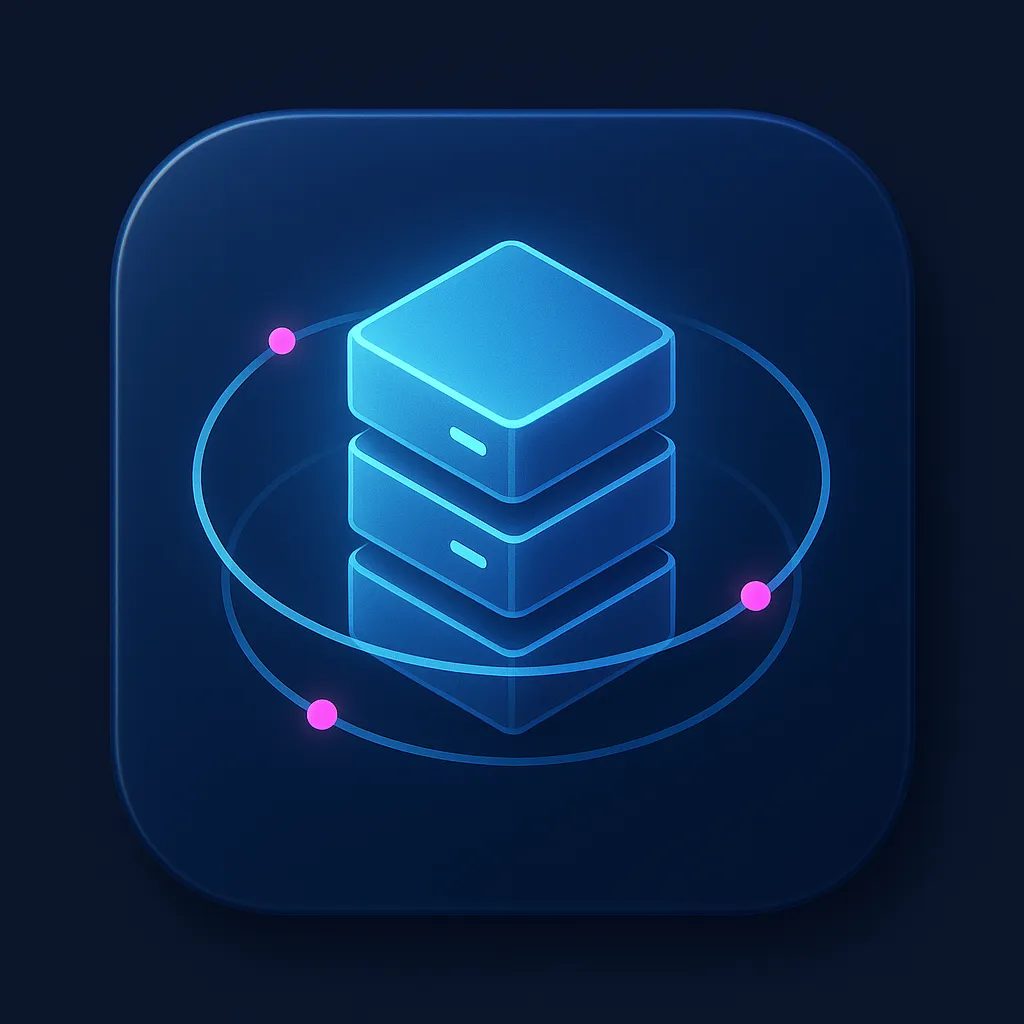What Observability Really Means - And Why It Matters Now
It’s Not Just a Buzzword. It’s a Strategy.
Let’s say your system crashed at 2:04 a.m. The alerts came in at 2:05. By 2:06, your team was scrambling - but no one could answer the one question leadership cares about most:
“Why did this happen?”
It’s the worst feeling in the world - being flooded with metrics, logs, and dashboards, but still flying blind when it really counts.
That’s where observability comes in. Not as a toolset, but as a mindset shift.
So… What Is Observability?
At a glance, it might seem like a fancier term for monitoring. But here’s the difference:
- Monitoring asks: “Is this system working?”
- Observability asks: “Why is this system behaving this way?”
It’s about understanding cause and effect in complex, distributed systems - without needing to predefine every possible failure.
Traditional monitoring is based on knowns: thresholds, error counts, CPU spikes. Observability embraces the unknown unknowns. It gives you the power to explore, question, and discover.
Imagine you’re trying to figure out why users in Singapore are experiencing high checkout latency - but only when using mobile - and only after 8 p.m.
Monitoring might tell you that everything’s technically up.
Observability helps you trace that request across microservices, uncover database locks, and correlate the latency spike with a resource bottleneck introduced during an autoscaling event.
That’s insight. And insight is where the business value lives.
Why Now?
The need for observability isn’t theoretical - it’s urgent.
Today’s systems are:
- Distributed: Cloud-native services spread across regions, clouds, and clusters.
- Ephemeral: Containers spin up and down in seconds. Servers aren’t “pets” - they’re cattle.
- Decoupled: APIs connect microservices that barely know each other.
- Business-critical: Performance issues are no longer just technical problems - they’re revenue killers.
You simply can’t rely on static dashboards or reactive alerts anymore. By the time something breaks, the root cause may be long gone - buried in a sea of ephemeral logs.
That’s why modern observability focuses on real-time, correlated telemetry:
- Metrics for trends
- Logs for context
- Traces for cause-and-effect
And that’s why platforms like OpenTelemetry, Grafana, Honeycomb, and Datadog are transforming how teams ask questions of their systems - and how quickly they can answer them.
Why Should Technical Leaders Care?
Because observability isn’t just a technical problem - it’s a business enabler.
- It shortens time to resolution, directly reducing downtime costs.
- It improves user experience, by helping you find and fix friction before it affects customers.
- It builds trust across teams - engineering, product, and business - by replacing guesswork with shared visibility.
- It enables velocity, letting teams deploy faster without fear.
And most importantly? It turns infrastructure into insight - and insight into action.
Observability isn’t the future. It’s the foundation. And in the next section, we’ll unpack its essential building blocks: metrics, logs, and traces - how they work together, and how mastering them can unlock a new level of control over your digital operations.
You’ve probably heard the terms before. But you may not be using them to their full strategic potential.
Let’s fix that.
The Three Pillars of Observability
Metrics, Logs, and Traces - What They Are, What They Aren’t, and Why You Need All Three
If observability is about asking “Why is my system behaving this way?” - then metrics, logs, and traces are how you get the answers.
They’re often called the three pillars of observability. But they’re not interchangeable - and they’re not just data types. They’re different ways of seeing, understanding, and troubleshooting your digital infrastructure.
The trick is knowing what each one is good at - and what it’s not.
Let’s break them down.
Metrics: Your High-Level Health Monitor
What they are:
Time-series data points that tell you what’s happening over time. Think CPU usage, request latency, error rates, memory consumption - numerical measurements that give you fast, lightweight insight into system health.
When they shine:
Metrics are your first line of defense. They’re easy to collect, cheap to store, and great for real-time dashboards and alerts. A sudden spike in 500 errors or a drop in API throughput? You’ll see it here first.
When they fall short:
Metrics are abstract. They won’t tell you why something happened, or what user or service was involved. They show symptoms, not causes.
Think of metrics like a car dashboard. You’ll know your engine is overheating - but not what’s wrong under the hood.
Logs: Your System’s Memory
What they are:
Structured or unstructured text messages emitted by your systems. Logs capture discrete events: a user logging in, a database query failing, a service timing out.
When they shine:
Logs are your detailed forensic trail. They’re great for understanding the context of what happened, especially after the fact. They give you granular visibility into what individual components did and when.
When they fall short:
Logs can be overwhelming - millions of lines per hour in large systems. They’re also hard to correlate across services unless rigorously structured and centralized.
Logs tell stories - but they don’t summarize. And if your system is highly distributed, reading through them is like hunting a needle in 100 haystacks.
Traces: Your Distributed X-Ray
What they are:
Traces follow a request as it travels through your system - from front-end to back-end, across microservices, databases, and external APIs. Each step in that journey is a span, and each span gets linked to show the full path.
When they shine:
Traces are gold in microservice and cloud-native environments. They show you the entire flow of a transaction, pinpointing delays, bottlenecks, or failures across systems.
When they fall short:
Traces require good instrumentation and sampling. They can be expensive to retain at high volumes. And without logs or metrics, they won’t tell you the why behind a failure - just the where.
Traces are like flight data recorders. They won’t predict the crash, but they’ll tell you exactly what happened before impact.
Why You Need All Three - Together
Here’s the punchline: none of these pillars are enough on their own.
- Metrics tell you something’s wrong.
- Logs help you see what happened.
- Traces reveal where it went wrong.
Together, they create a feedback loop between detection, investigation, and resolution. Modern observability platforms are designed to correlate these data types - so when a trace shows a slow request, you can jump directly to the logs and metrics surrounding that moment.
When this works well, the result is a kind of operational clarity that traditional monitoring never delivered.
That’s the goal. Not more data - more signal.
The leverage?
If your teams are struggling with slow incident response, misaligned alerts, or finger-pointing during postmortems, chances are they’re missing one or more of these pillars - or they’re siloed and uncorrelated.
Getting this right doesn’t mean collecting everything. It means collecting the right things - and connecting them with business impact in mind.
Because observability isn’t just about keeping systems running. It’s about running systems that serve your customers, drive your KPIs, and fuel your growth.
Going forward, we’ll explore how cloud-native architectures have pushed observability to evolve - how today’s dynamic, containerized, autoscaling environments require smarter tools, faster feedback loops, and tighter alignment between engineering and business.
Get ready for the practical playbook.
Observability in the Cloud-Native Era
When Everything Moves, How Do You Stay in Control?
In a monolithic world, monitoring was manageable. You had fixed servers, stable IPs, and known dependencies. If something failed, you had a map. You knew where to look.
Now imagine debugging a Kubernetes pod that lived for 17 seconds, spawned by a job triggered by another container, processing an event from a serverless function… that no longer exists.
That’s cloud-native reality.
And it’s why the old ways of monitoring just don’t work anymore.
The Challenge: Everything Is Ephemeral
Cloud-native environments are built for speed, scale, and resilience. But that agility comes at a cost - observability complexity.
You’re dealing with:
- Containers that spin up and down in seconds
- Services that auto-scale unpredictably
- Deployments that change weekly - or hourly
- Infrastructure spread across clouds, regions, and zones
Traditional monitoring tools assume the system has a “fixed shape.” In cloud-native environments, the system is more like water - shapeless and constantly in motion.
So how do you observe something that won’t sit still?
The Solution: Dynamic, Self-Aware Observability Tools
Enter the modern observability stack.
Tools like Prometheus, Grafana, Datadog, Sysdig, and OpenTelemetry weren’t just built to monitor dynamic systems - they were built to understand them.
What sets these tools apart?
Service Discovery:
Prometheus automatically scrapes metrics from new pods and services as they come online - no static config required. It keeps up with your infrastructure without needing a babysitter.
High-Cardinality Metrics:
Want to know how a single request from a specific customer segment performed across three microservices? Modern tools let you slice and dice data by labels like service name, deployment version, region, or even user tier.
Context-Rich Dashboards:
Grafana and Datadog turn raw telemetry into meaningful visualizations - real-time, customizable, and sharable across teams. One glance can tell you if a spike is isolated or systemic, frontend or backend, anomaly or artifact.
Integrations Across the Stack:
Observability platforms now pull in everything from infrastructure metrics (CPU, memory, disk I/O) to app-level telemetry (latency, request counts), user behavior (RUM), and even business KPIs. One place, many dimensions.
Real-World Payoff
When a mid-sized SaaS company moved from legacy host-based monitoring to a Prometheus-Grafana-Kubernetes stack, they reduced mean-time-to-resolution (MTTR) by 40% - not because incidents disappeared, but because visibility improved. This improvement alone had great impact on reducing churn rates.
They could spot failing deployments faster, understand system interactions better, and deploy with confidence - not paranoia.
That’s not just operational improvement. That’s competitive edge.
The Business Value?
You’re not adopting observability tools to impress your engineering team. You’re doing it to:
- Reduce downtime and customer impact
- Accelerate deployment cycles with confidence
- Improve system resilience under peak load
- Align technical insight with business KPIs
In other words, observability isn’t just about making the complex less painful - it’s about making your digital operations more valuable.
The takeaway? If you’ve embraced the cloud-native stack, you must embrace cloud-native observability. It’s not optional. It’s survival.
And yet, even the best observability tools face limits if they remain siloed. Which brings us to the next frontier: unified platforms - where metrics, logs, traces, and business data come together into a single, strategic pane of glass.
That’s where we’re headed next.
Unified Observability Platforms – From Data Chaos to Strategic Clarity
You Don’t Need More Tools - You Need More Insight
Let’s be honest: most IT teams today don’t suffer from a lack of data - they suffer from a lack of clarity.
They’ve got logs in one platform, metrics in another, traces in a third, and a business dashboard no one opens until the postmortem. When incidents hit, teams scramble between tabs, dashboards, and Slack threads trying to stitch together the story.
Sound familiar?
That’s why the real evolution in observability isn’t just better telemetry - it’s convergence.
What Is a Unified Observability Platform?
It’s a single system - built from the ground up or tightly integrated - that brings together:
- Metrics: High-level trends and performance indicators
- Logs: Context and root-cause details
- Traces: Full-path visualizations of transactions
- Business KPIs: Conversion rates, cart abandons, cost per request
- User Insights: Real user monitoring (RUM), experience metrics
All connected. All searchable. All in context.
The goal? To move from reactive firefighting to proactive decision-making.
The Payoff: Context at a Glance
Imagine this scenario:
- An alert fires: login latency is spiking in Europe.
- You click the alert.
- The trace shows a call to a third-party API slowing down.
- A correlated log entry shows increased timeout exceptions.
- A dashboard displays the real-world impact: 20% drop in sign-ups in the last hour.
And it all happened in one view - without digging, without guessing, without waiting for a war room to form.
This is what unified observability platforms like Datadog, New Relic, Elastic Observability, and Splunk Observability Cloud are designed to enable.
These platforms create a single source of operational truth, replacing the fragmented patchwork of disconnected tools with an integrated, strategic layer of insight.
Why Convergence Matters Now
In a world where infrastructure changes by the minute and customer expectations evolve by the second, speed of understanding is the competitive edge.
Converged observability isn’t just an IT convenience. It:
- Reduces Mean-Time-To-Resolution (MTTR) dramatically
- Improves cross-team collaboration with shared context
- Surfaces business impact instantly - so IT can prioritize what really matters
- Simplifies compliance and audit readiness, by centralizing operational evidence
- Accelerates learning, through postmortems that show the full story - not just pieces
But that doesn’t mean it’s easy.
Unifying observability requires:
- Organizational buy-in: Different teams must align on tooling and processes
- Data normalization: Different telemetry sources need to speak the same language
- Strategic investment: Upfront cost and training to consolidate, not just coexist
Still, the ROI is clear. Teams that adopt unified platforms consistently report fewer blind spots, faster fixes, and more trust between engineering, operations, and business stakeholders.
Why Care?
Because siloed visibility creates siloed thinking.
A unified observability platform turns raw telemetry into shared understanding - giving every team, from SREs to product owners to executives, a common view of system health and business impact.
That’s not just technical alignment. That’s strategic alignment.
So if you’ve invested in microservices, multi-cloud, CI/CD, or digital customer experiences - now is the time to invest in bringing the monitoring story together.
Unified observability isn’t a “nice to have.” It’s the operating system for modern IT leadership.




